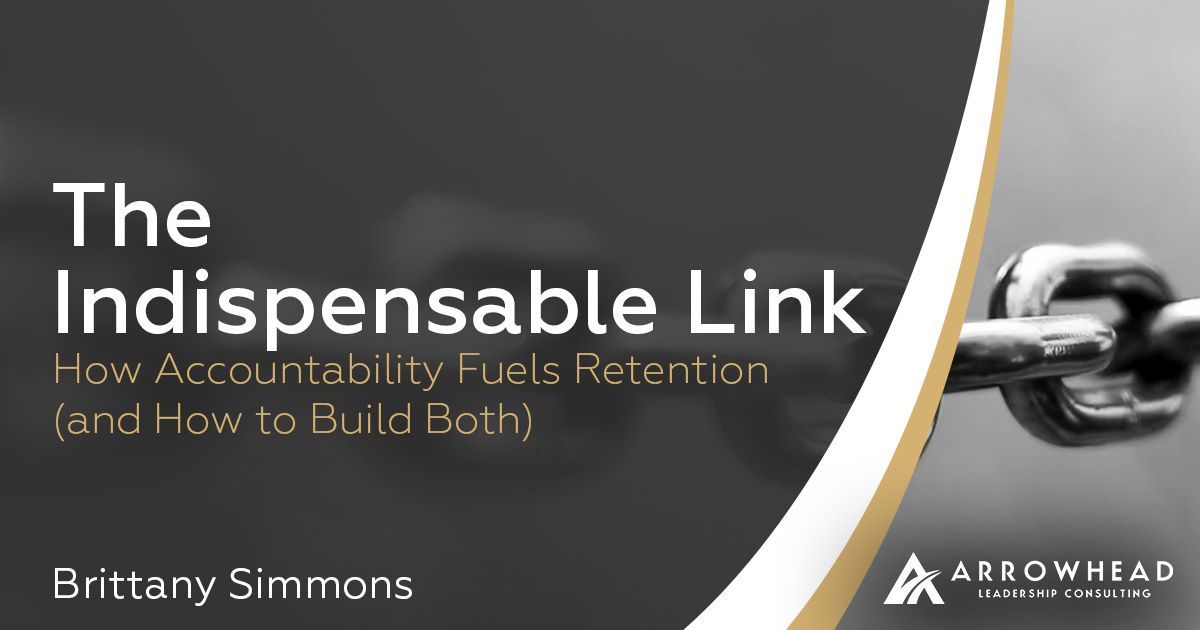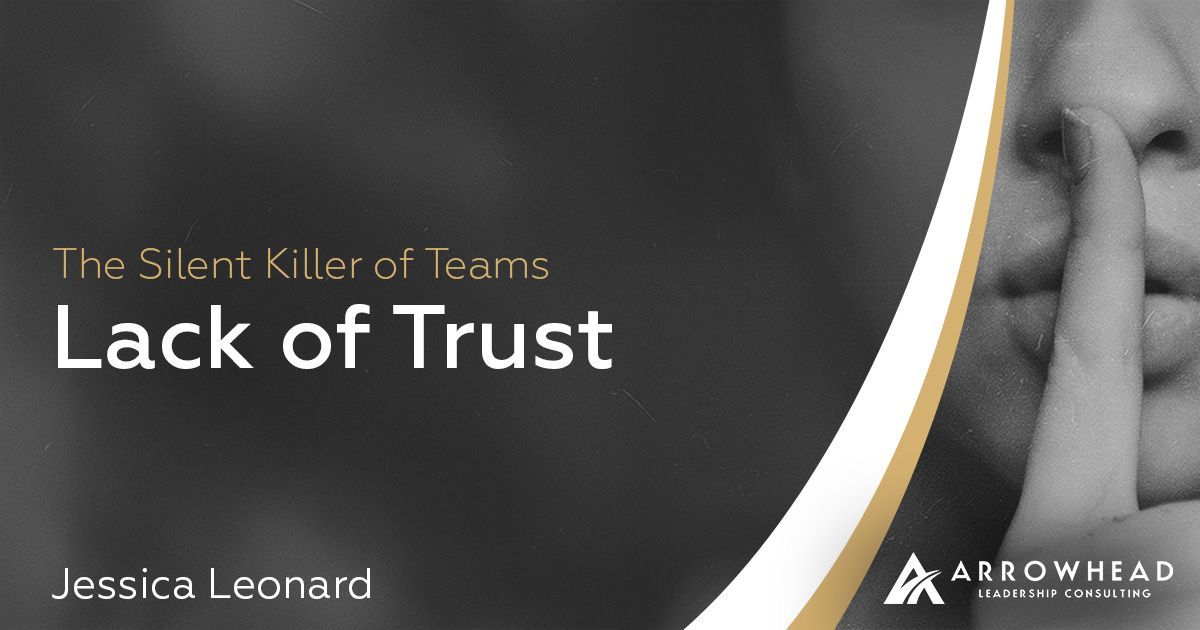The 5 Hidden Costs of Weak Leadership in High-Pressure Industries
It started with a single missed shipment.The client was frustrated, the production schedule was thrown into chaos, and everyone worked late to recover. But it wasn’t an isolated mistake, it was a symptom of lackadaisical leadership. Over the next six months, the plant saw rising turnover in both new and tenured employees, ballooning overtime costs, and two, potentially fatal, near-miss safety incidents. The root cause wasn’t the workforce. It was laissez-faire leadership.
In high-pressure industries such as manufacturing, logistics, healthcare, technology, and construction, the margin for error is thin. Weak leadership is more than a personnel issue; it is a strategic liability. While the visible symptoms may be witnessed in KPIs like missed targets or declining morale, the true costs are often hidden in disengagement, quiet quitting, and break-time job hunting.
Here are five often-overlooked costs that weak leadership imposes.
1. Rising Talent Attrition
Ineffective leaders fail to develop loyalty or purpose, encouraging your most capable people to leave and seek gainful employment elsewhere. In environments where expertise and experience directly impact output, losing institutional knowledge is overwhelmingly costly. Recruitment expenses, onboarding lag, and lost productivity create a drag that can take years to overcome.
2. Loss of Productivity and Operational Flow
Without purpose, guidance, direction, and consistent communication, productivity will spiral into a tailspin. Instead of executing with precision, teams can become reactive; fighting fires rather than advancing strategy or dealing with interdepartmental fighting when leaders seclude their teams and hoard information. In high-pressure contexts, operational incompetence translates directly into financial losses and missed opportunities.
3. Heightened Safety and Compliance Issues
In industries where safety and compliance are factually observable, weak leadership invites risk. A lack of accountability or procedural rigor increases the likelihood of accidents, regulatory penalties, and reputational harm, any one of which can be catastrophic and financially detrimental.
4. The Breakdown of Customer Trust and Brand Equity
Customer experience is an outward reflection of internal leadership health. When internal dysfunction bleeds into client relationships, trust erodes. Restoring a damaged reputation requires far more resources than preserving it in the first place. In competitive markets, that delay can mean lost contracts and diminished market share.
5. Stagnation in Innovation and Strategic Growth
Weak leaders are often consumed by short-term urgencies, leaving no bandwidth for forward-looking initiatives. In rapidly evolving industries, this failure to innovate abandons ground to competitors who are willing to take calculated risks and invest in progress.
The Compounding Effect
These costs do not occur in a vacuum, they amplify each other. High attrition drives inefficiency; inefficiency frustrates customers; dissatisfied customers don’t produce as much revenue; and limited revenue cuts into innovation budgets. Left unchecked, this cycle becomes self-reinforcing.
Turning the Trend
Mitigating these risks begins with intentional investment in leadership capability:
Implement targeted development and coaching programs.
Align leadership performance metrics with both operational and people-centric outcomes.
Build a culture grounded in accountability, flexibility, and logical thinking.
Arrowhead Leadership Consulting: Empowering Leaders for High-Stakes Success
Weak leadership should not be tolerated, and needs to be addressed promptly before it becomes engrained into your culture. At Arrowhead Leadership Consulting, we educate leaders to inspire loyalty, drive operational standards, and build cultures that perform under pressure.
📩 Let’s start a conversation—because every day you wait, the true cost of weak leadership grows.
Arrowhead Leadership Blog











